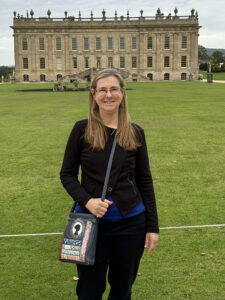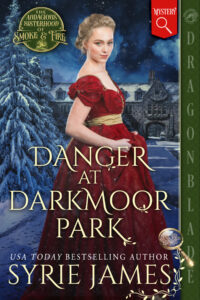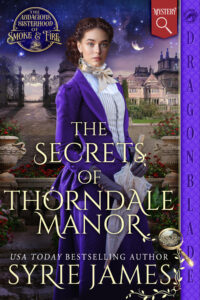Autobiographical Details in Charlotte Brontë’s Jane Eyre: Part 1 — The Madwoman in the Attic

Michael Fassbender as Mr. Rochester and Mia Wasikowska as Jane Eyre in the 2011 film
Hello dear readers! Did you know that Charlotte Brontë’s novel Jane Eyre (one of my favorite books of all time) is full of intriguing and thrilling experiences from Charlotte’s own life? As an author myself, I know that we writers often put something of our personal experiences into the books we write. Charlotte wrote four novels, and all of them are a very real window to her soul, full of characters based on people she knew, incidents that occurred to her or people she knew, and places that were intimately known to her.
Let’s start with Jane Eyre, Charlotte’s best known and most beloved work. Jane Eyre is jam-packed with autobiographical details. (Spoiler alert! If you aren’t familiar with the novel, you might want to read it before continuing!)
One of the most exciting incidents in Jane Eyre is the reveal of Rochester’s insane wife Bertha– the now infamous madwoman in the attic. You may be surprised to learn what inspired it. The idea came from a number of sources.
In 1839, when Charlotte was employed as a governess for the Sidgwick family, it’s said that she visited a medieval manor house called Norton Conyers. A secret staircase was recently discovered at Norton Conyers that leads to an attic room where, 60 years before Charlotte’s visit, a family member named Mary had been confined for years. You can read more about the mysterious staircase and “Mad Mary” at The Guardian and Bustle.com — although this is only one possible inspiration for Charlotte Bronte’s madwoman in the attic. There’s much, much more!
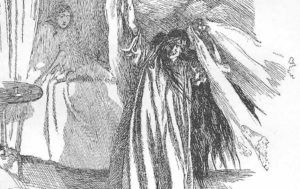
The madwoman in the attic rips Jane Eyre’s wedding veil.
Charlotte was well-acquainted with the story of a man in the nearby village of Oakworth who kept his insane wife incarcerated at home. Charlotte also heard another tale, during the years that she served as a teacher at Roe Head school, about a local governess who married a man that worked for the same family. It was later discovered that her new husband had a wife he’d kept secret because she was mad—his excuse for bigamy! But that’s not all ….
In July 1845, two years before she wrote Jane Eyre, Charlotte and her friend Ellen Nussey visited the 15th century family seat of North Lees Hall in Hathersage, Derbyshire, an estate owned by a family whose surname was Eyre—no doubt the inspiration for the surname of her famous heroine. While there, Charlotte would have heard the intriguing story about the first mistress of North Lees Hall—who was said to have become insane, confined to a room on the second floor with padded walls, and who later died in a fire! Clearly, there were a lot of women hidden in attic rooms in those days!

The madwoman in the attic sets Mr. Rochester’s bed on fire.
Speaking of fire, it is said that one day when Charlotte’s brother Branwell was in a drunken stupor, he accidentally set his bed curtains on fire, which might have killed him if his sisters hadn’t rushed upstairs with jugs of water to put the fire out—an incident Charlotte reproduced to great effect in Jane Eyre when her heroine saved Mr. Rochester from a burning bed.
Thornfield Hall, Mr. Rochester’s ancestral manor home in Jane Eyre, may have been based on the Eyre family’s North Lees Hall, and/or on Ellen Nussey’s home, The Rydings, which Charlotte visited.
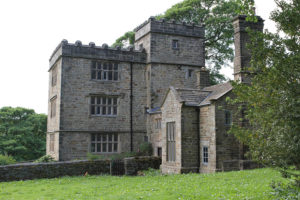
North Lees Hall, ancestral seat of the Eyre family
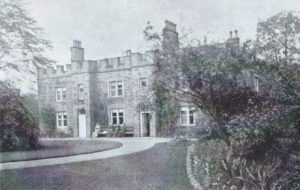
The Rydings, home of Charlotte’s friend Ellen Nussey
The heroine Jane Eyre is Charlotte in many ways. Although Charlotte’s sisters Emily and Anne made their heroines beautiful in the novels they wrote, Charlotte told them, ‘I will show you a heroine as plain and as small as myself, who shall be as interesting as any of yours.’ Charlotte dressed Jane in plain, Quaker garb, as she herself dressed. Jane was a skilled artist, just as Charlotte was, and shared Charlotte’s passionate views on a great many subjects.
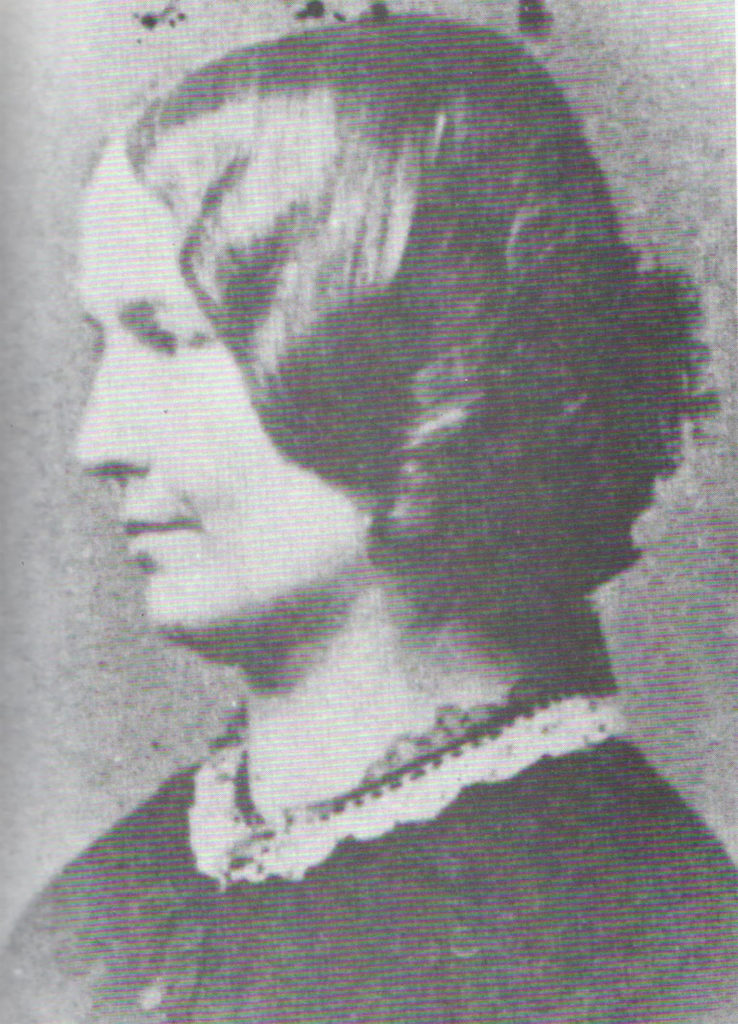
A rare photograph of Charlotte Bronte, 1849
Jane Eyre, like Charlotte, was also poor and motherless. In fact, every single one of the heroines in Charlotte Brontë’s novels, from Frances Henri in The Professor, to the schoolgirl in her last unfinished work Emma, are motherless, sharing a sense of loneliness, emotional deprivation, and dimmed future prospects due to the absence of maternal love. Charlotte was only five years old when her own mother died, after giving birth to six children. Having never known the warmth and loving care of a mother, she never could or would write about it.
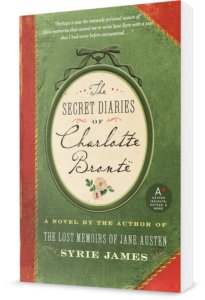 I learned these intriguing facts and much, much more while researching and writing The Secret Diaries of Charlotte Brontë. My novel, which I’m thrilled and honored to say won the Audiobook Audie award and was named a Great Group Read by the Women’s National Book Association, explores Charlotte’s life story, her relationship with her brilliant siblings, her journey to become a published author, and her romance with Mr. Nicholls, the Irish curate who was secretly in love with her for years before he had the nerve to propose. I hope you’ll find the book compelling.
I learned these intriguing facts and much, much more while researching and writing The Secret Diaries of Charlotte Brontë. My novel, which I’m thrilled and honored to say won the Audiobook Audie award and was named a Great Group Read by the Women’s National Book Association, explores Charlotte’s life story, her relationship with her brilliant siblings, her journey to become a published author, and her romance with Mr. Nicholls, the Irish curate who was secretly in love with her for years before he had the nerve to propose. I hope you’ll find the book compelling.
Stay tuned for future blog posts, in which I’ll share more autobiographical details in Jane Eyre and Charlotte’s other novels.
Reader, did you enjoy the book Jane Eyre? Do you have a favorite scene in the novel? Please leave a comment below! I’d love to hear from you.
Further Reading
Related
My Epic Jane Austen, Charlotte Brontë, and All Things English Holiday
It’s the 250th anniversary of the year of Jane Austen’s birth, and I just had to spend a month in England this autumn to pay homage to the brilliant writer…
My new Victorian Murder Mystery & Gothic Romance, Danger at Darkmoor Park
I’m excited to share that DANGER AT DARKMOOR PARK, my new Victorian historical murder mystery and Gothic romance, comes out October 28. I hope it will keep you turning…
Don’t Miss The Secrets of Thorndale Manor, a Twisty Victorian Mystery
I’m thrilled to announce that my new Victorian historical mystery novel, THE SECRETS OF THORNDALE MANOR, releases on June 28. Isn’t the cover gorgeous? This is book 2 in…
Announcing the Publication & Cover Reveal of The Mysteries of Pendowar Hall
I’m excited to share with you today that my new novel, The Mysteries of Pendowar Hall, debuts on February 22, 2025! This is the first book in my…
